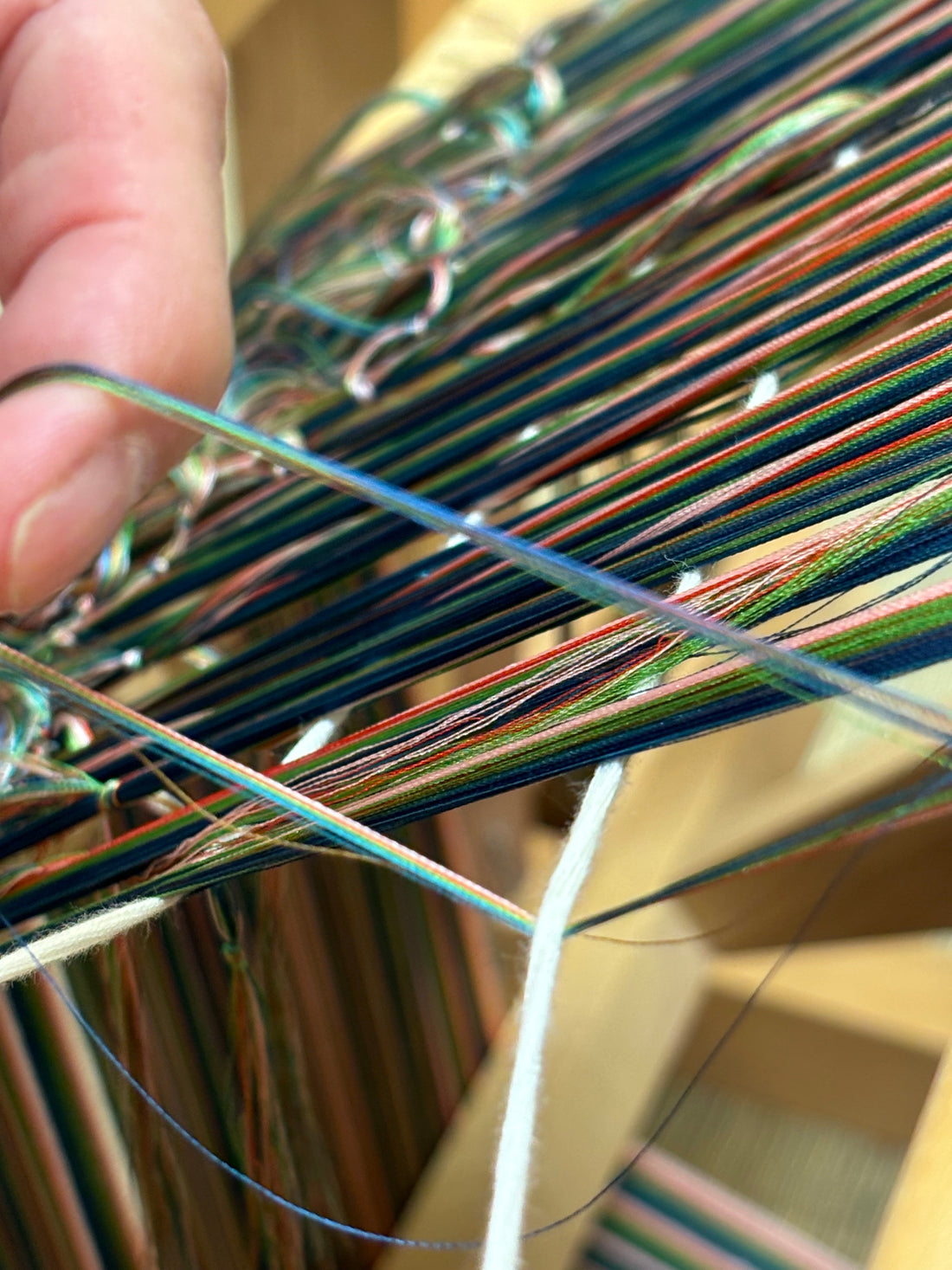
Rethinking Japanese Luxury (5): Luxury, the way of being.
Share
At our company, we do not define traditional crafts as “luxury” in the sense commonly used in today’s luxury industry. However, there is no doubt that they are exceptional objects—masterpieces—that enrich our lives. As the world shifts from an era of mass production to one dominated by digital technology and AI, acceleration and efficiency have become paramount, often at the expense of reverence for nature and even the value of human existence. Our living environments, too, have grown increasingly sterile and hurried.
In such a time, perhaps a world is emerging in which humanity itself is considered a form of luxury. If that is so, then to live in a way that is truly human may well be the very essence of what we consider luxury in craftsmanship.
Textiles have always evolved alongside human civilization. From the earliest woven fibers to the intricate jacquard patterns of today, fabric first served as mere protection but later become adornment—an embodiment of our relentless pursuit of knowledge, technique, and beauty, and a testament to what makes us human.
Ceramics exist in intimate dialogue with nature. Every piece is shaped by the interplay of humidity, temperature, fire, air currents, and light—an alchemy beyond mere data or algorithmic precision. Each vessel carries an innate mystique, standing apart from the calculated perfection of digital creation.
All these characteristics the crafts have should not be called “authenticity” as the word carries the sense of exclusiveness as if there is one true thing. Being exclusive is an essence for today’s luxury, but craftworks are the manifestation of the fundamental aspect of human nature - instinct for beauty, pursuit of improvement, ceaseless human desire to grasp the unknowable and desire for innovation - all to be found in any individual. I believe traditional crafts are, in essence, inclusive — and that luxury, too, should be open to those who seek it with sincerity.
Perhaps luxury is not defined by material wealth, but by where we place our values and how we perceive beauty. It is, at its heart, a way of being.